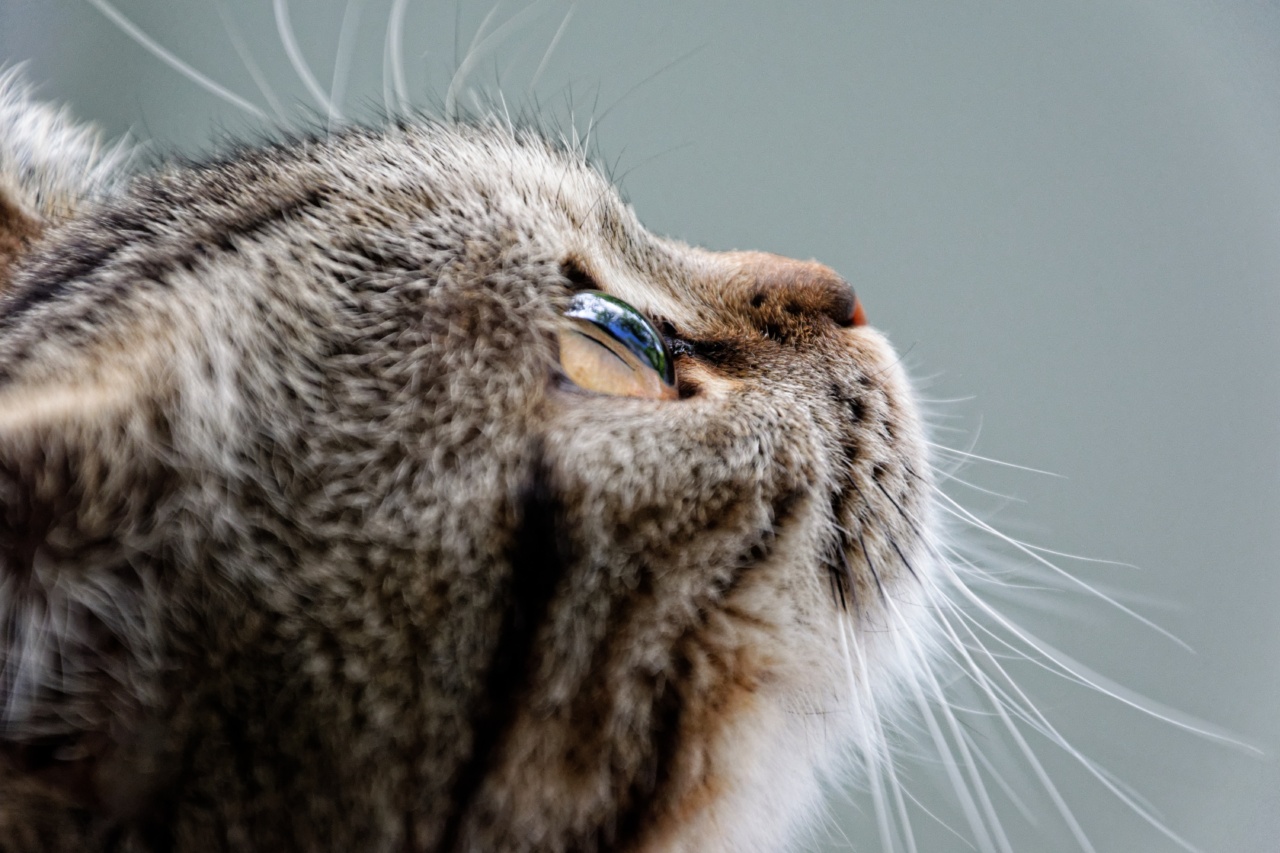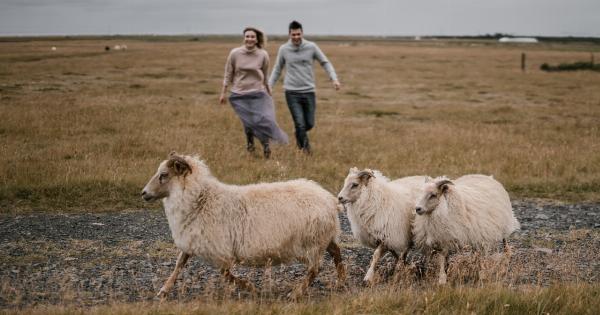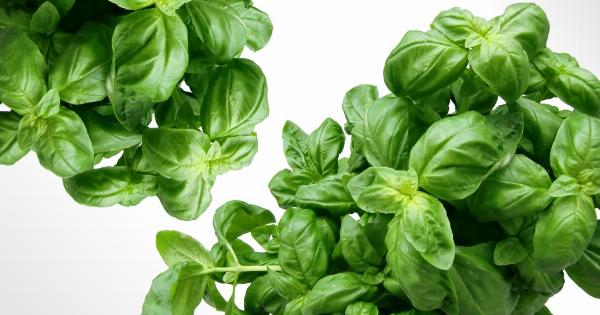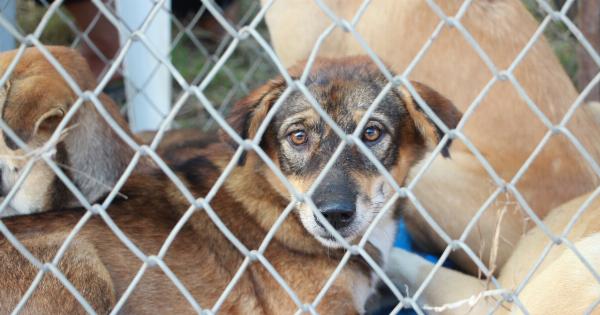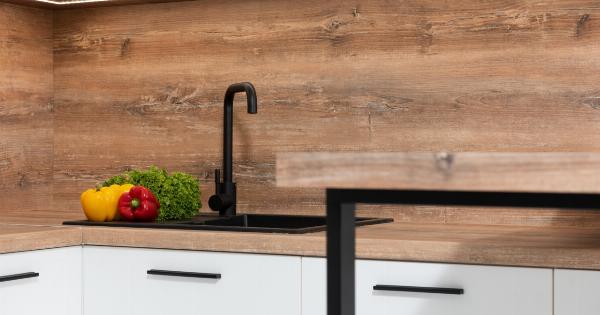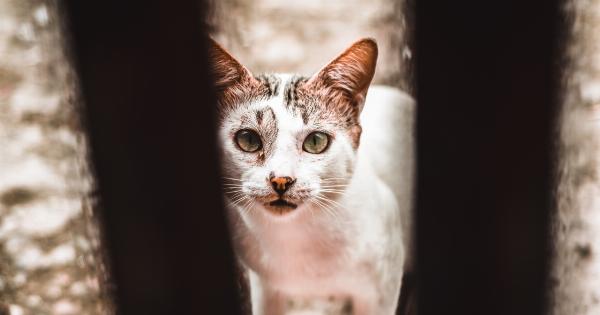As humans, we tend to focus on improving the comforts of our own homes, but what about the animals that live with us? Whether it’s a pet cat or a farm animal, the housing we provide for them can have a significant impact on their health and well-being. In this article, we will take a closer look at the importance of animal housing and explore some of the best practices for providing safe and comfortable shelters for animals.
The Basics of Animal Housing
Animal housing refers to the structures or areas designated for animals to live in, whether it’s a cage, coop, stable, or any other type of enclosure.
The primary purpose of animal housing is to provide a safe and comfortable environment for the animal, but it can also help to promote good health, prevent the spread of disease, and even boost productivity in some cases.
When designing or selecting animal housing, there are a few key factors that need to be considered:.
Size and Space
The size of the space required for an animal to live in will depend on its size and activity level. Generally, animals should have enough space to stand up, turn around, and lie down comfortably.
Crowded housing can lead to stress and the spread of disease, so it’s important to provide adequate space for each animal.
Materials and Construction
The choice of materials and construction of the animal housing will depend on the type of animal being housed and the conditions it will be exposed to.
For example, outdoor housing for horses will need to be sturdy and weather-resistant, while indoor housing for cats may require soft materials to provide a comfortable sleeping surface. It’s also important to consider factors like ventilation, lighting, and insulation to ensure the animals are comfortable and healthy.
Cleanliness and Hygiene
Regular cleaning and maintenance of animal housing is essential to prevent the spread of disease and keep animals healthy. This may include removing waste, sanitizing surfaces, and providing fresh bedding or nesting materials.
In addition, animal housing should be designed in a way that makes cleaning easy and efficient.
The Importance of Animal Housing
Animal housing can have a significant impact on the health and well-being of animals. Providing a safe and comfortable shelter can help to reduce stress, prevent the spread of disease, and promote good health.
In addition, good animal housing practices can help to improve the productivity and efficiency of farm animals.
Some of the main benefits of good animal housing include:.
Reducing Stress and Improving Behavior
Proper housing can help to reduce stress in animals, which can lead to improved behavior and better overall health.
For example, providing adequate space and enrichment activities for captive animals like zoo animals can help to prevent boredom and improve their quality of life.
Preventing Disease
Animal housing that is clean and well-maintained can help to prevent the spread of disease. By providing separate areas for sick animals and isolating new animals until they are healthy, the risk of disease transmission can be greatly reduced.
Improving Productivity
For farm animals, good housing practices can help to improve productivity and efficiency. Proper ventilation, lighting, and temperature control can all contribute to better animal health and higher yields.
In addition, providing comfortable and safe housing can lead to reduced stress and improved behavior, which can also have a positive impact on productivity.
Best Practices for Animal Housing
When it comes to animal housing, there are some general best practices that can help to ensure the safety, health, and well-being of animals:.
Provide Adequate Space
As mentioned earlier, animals should have enough space to stand, turn around, and lie down comfortably. Crowded housing can lead to stress, fighting, and the spread of disease. In addition, some animals require more space than others.
For example, larger breeds of dogs will need more space than smaller breeds, and active animals like rabbits will need more space than sedentary animals like turtles.
Provide Enrichment Activities
Enrichment activities can help to prevent boredom and improve the mental and physical health of animals. This may include providing toys for dogs, scratching posts for cats, or perches for birds.
Providing a variety of activities and changing them up regularly can help to keep animals engaged and stimulated.
Maintain Cleanliness
Regular cleaning and maintenance of animal housing is essential to prevent the spread of disease and maintain good health. This may include removing waste, sanitizing surfaces, and providing fresh bedding or nesting materials.
Animal housing should also be designed in a way that makes cleaning easy and efficient.
Provide Proper Ventilation
Good ventilation is essential for maintaining good air quality and preventing the buildup of harmful gases like ammonia.
Proper ventilation can also help to regulate temperature and humidity, which can have a significant impact on animal health and well-being.
Conclusion
Animal housing plays a crucial role in promoting the health and well-being of animals. Whether it’s a pet cat or a farm animal, providing a safe and comfortable shelter can help to reduce stress, prevent disease, and even improve productivity.
By following some general best practices for animal housing, we can ensure that our animal companions are healthy and happy, and that our farm animals are safe and productive.
